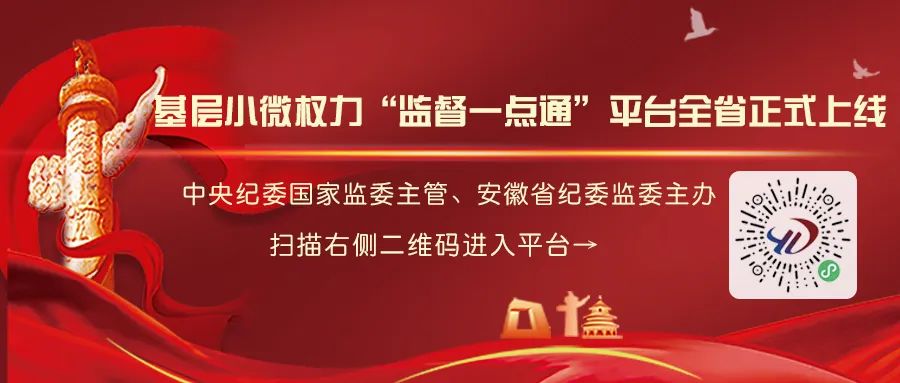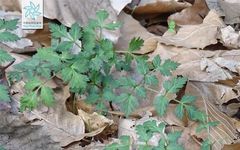This product is the dried root of the plant Angelica sinensis (Oliv.) Diels from the Apiaceae family. It is harvested in late autumn, with the fibrous roots and soil removed. After some moisture evaporates, it is bundled into small bunches and dried slowly over smoke.

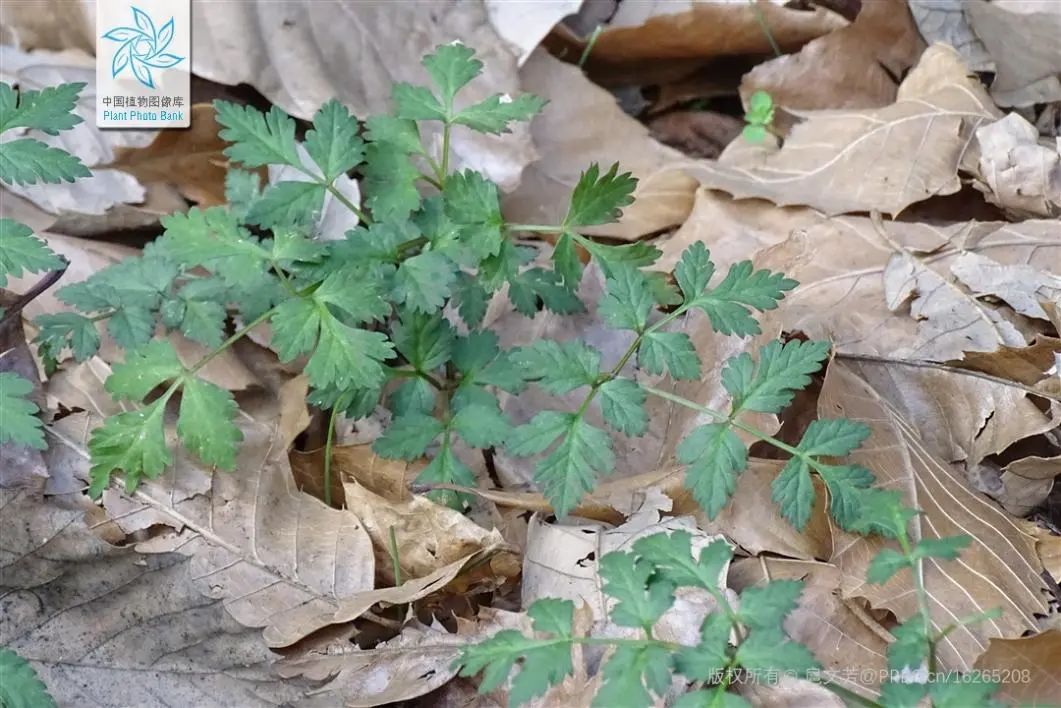
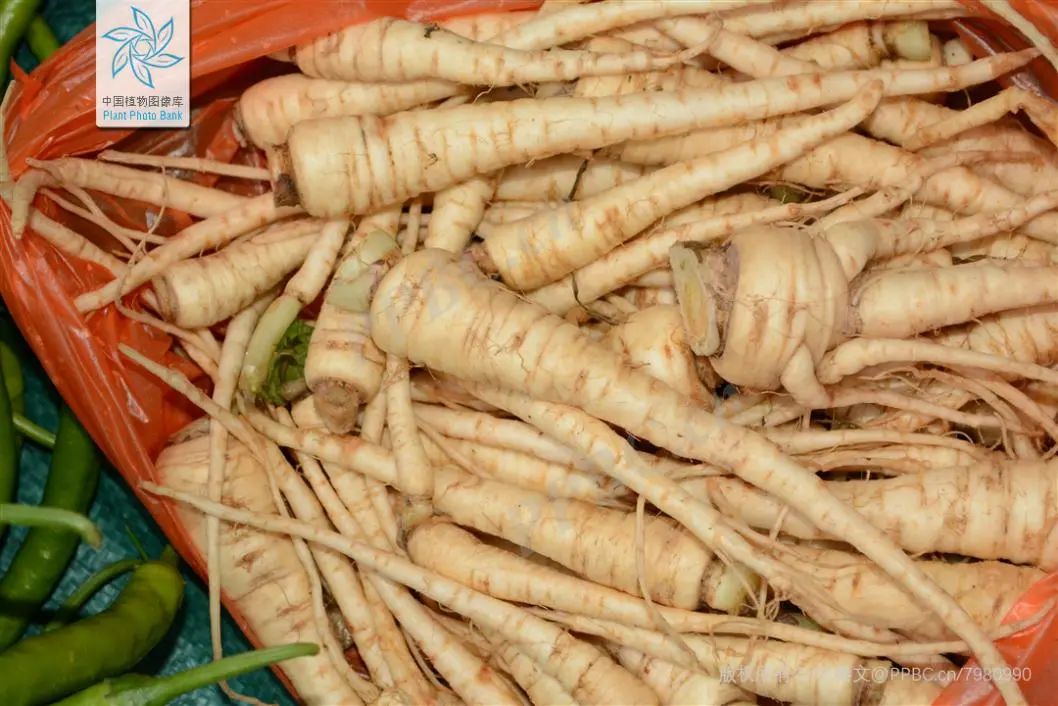
Chinese Herbal Pieces and Processing Products
Angelica Sinensis (Dong Quai)

Processing: Angelica Sinensis is cleaned to remove impurities, soaked, sliced thinly, and then sun-dried or dried at low temperatures. Characteristics: The product appears as round, oval, or irregular thin slices. The outer skin is light brown to brownish-yellow. The cross-section is light brown or yellowish-white, flat, with cracks, and a light brown cambium ring in the center, with numerous brown oil spots. It has a strong aroma and a sweet, spicy, slightly bitter taste.


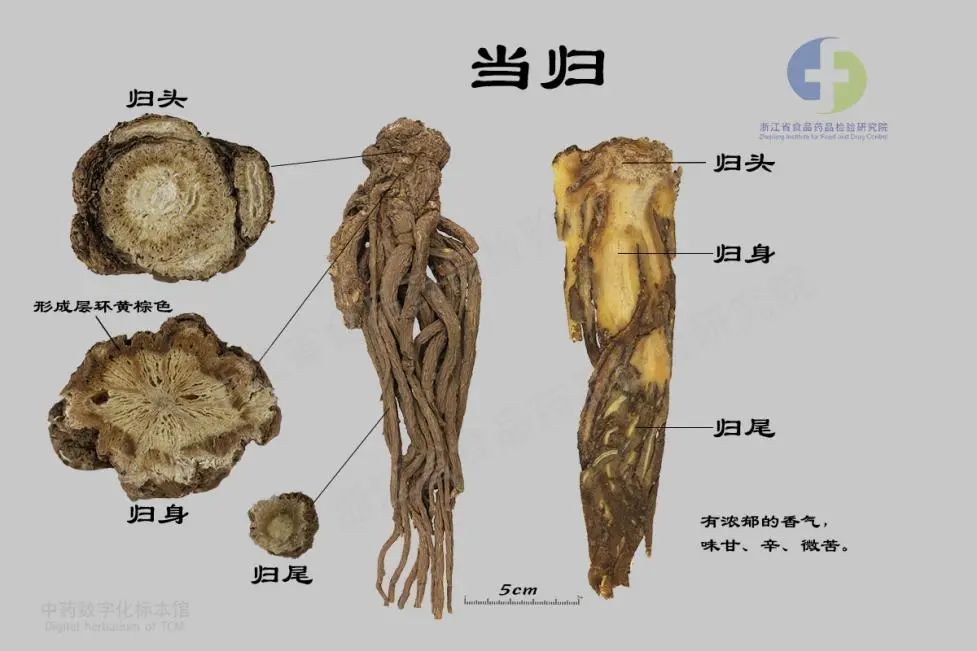
Properties and Meridian Affinities: Sweet, spicy, warm. It enters the Liver, Heart, and Spleen meridians.
Functions and Indications: Nourishes blood, invigorates blood circulation, regulates menstruation, and alleviates pain. It is used for blood deficiency, pale complexion, dizziness, palpitations, irregular menstruation, amenorrhea, dysmenorrhea, abdominal pain due to deficiency and cold, rheumatic pain, trauma, carbuncles, and constipation due to dryness. Dosage: 6-12g.
Wine-Processed Angelica Sinensis
Processing: Wine-processed Angelica Sinensis is made by taking clean slices of Angelica Sinensis and stir-frying them with wine until dry.

Characteristics: This product resembles Angelica Sinensis slices. The cross-section is deep yellow or light brown with slight scorch marks. It has a strong aroma with a hint of wine. Properties and Meridian Affinities: Sweet, spicy, warm. It enters the Heart, Liver, and Spleen meridians. Functions and Indications: Invigorates blood and regulates menstruation. It is used for amenorrhea, dysmenorrhea, rheumatic pain, and trauma. Dosage: 6-12g.
Identification of Medicinal Materials
Raw Angelica Sinensis and Wine-Processed Angelica Sinensis

Raw Angelica Sinensis is moist and excels in nourishing blood, regulating menstruation, and relieving constipation. It is commonly used for blood deficiency syndromes, blood deficiency constipation, and carbuncles. Wine-processed Angelica Sinensis is effective in invigorating blood and regulating menstruation, often used for blood stasis, amenorrhea, dysmenorrhea, and rheumatic pain. The head, body, and tail of Angelica Sinensis can be used separately or combined as whole Angelica Sinensis. Traditional Chinese medicine holds that the head and tail are more effective in invigorating blood, while the body is more effective in nourishing blood; whole Angelica Sinensis can both nourish and invigorate blood.
Precautions
Angelica Sinensis is sweet and warm; it is not suitable for those with damp-heat obstruction, lung heat phlegm-fire, or yin deficiency with yang excess. This product moistens and lubricates the intestines, so it should be used cautiously in cases of diarrhea.

References: [1] National Pharmacopoeia Commission. Pharmacopoeia of the People’s Republic of China (Part One) [S]. Beijing: China Medical Science Press, 2020:139 [2] Zhong Gansheng, Yang Bocan. Chinese Herbal Medicine [M]. Beijing: China Traditional Chinese Medicine Press, 2021.384-385 [3] Jia Tianzhu. Clinical Identification and Application of Chinese Herbal Medicine [M]. Beijing: People’s Health Publishing House, 2015:668-669 [4] Zhang Tingmo, Peng Cheng. Chinese Clinical Herbal Medicine. 2nd ed. Beijing: People’s Health Publishing House, 2015.1182-1189
Image sources from the internet, infringement will be deleted!!

To learn more about popular science knowledge
Please scan the QR code to follow our hospital’s official account
Text: Pharmacy Department Wang Rongzheng
Reviewed by: Pharmacy Department
Edited by: Publicity and United Front Work Office


Dedicated Service
Benefiting the Public
Rooted in Traditional Chinese Medicine
Quality First
Mission
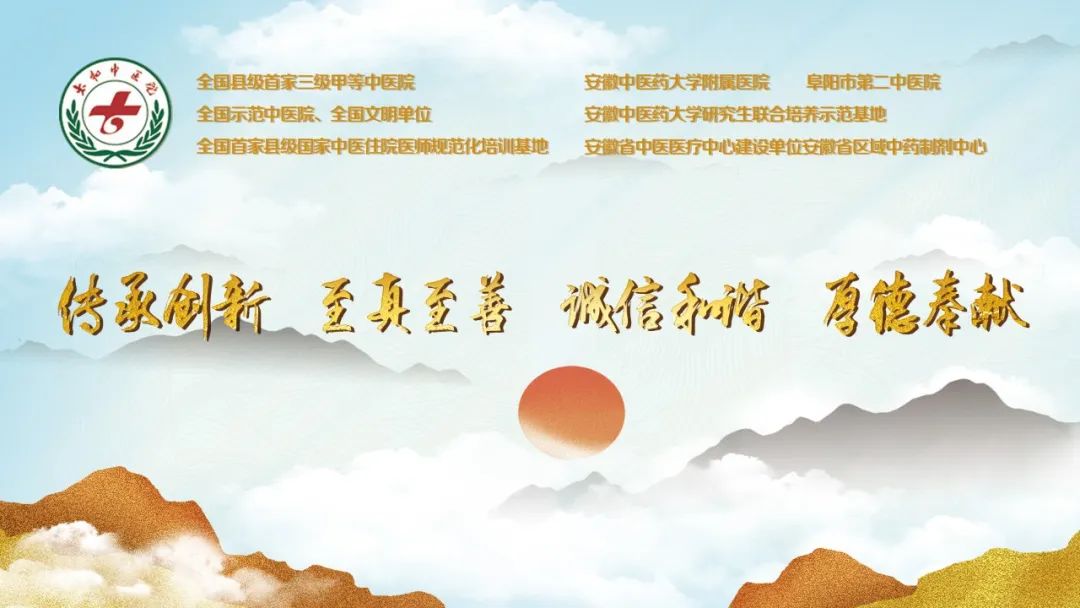
Taihe County Traditional Chinese Medicine Hospital is a comprehensive institution that integrates:
Medical care, emergency rescue, scientific research, education, prevention, rehabilitation, elderly care, and health industry
It is the first county-level tertiary hospital of traditional Chinese medicine in the country
A national demonstration hospital of traditional Chinese medicine, a national civilized unit
The first county-level standardized training base for national traditional Chinese medicine residents
Affiliated Hospital of Anhui University of Traditional Chinese Medicine
Demonstration base for joint training of graduate students of Anhui University of Traditional Chinese Medicine
Construction unit of Anhui Provincial Traditional Chinese Medicine Medical Center
Center for Traditional Chinese Medicine Preparation in Anhui Province
Fuyang Second Traditional Chinese Medicine Hospital
Address: 59 Tuanjie West Road, Taihe CountyPhone: 0558-8519669Emergency Phone: 0558-8629999Website: www.thzyy.com
